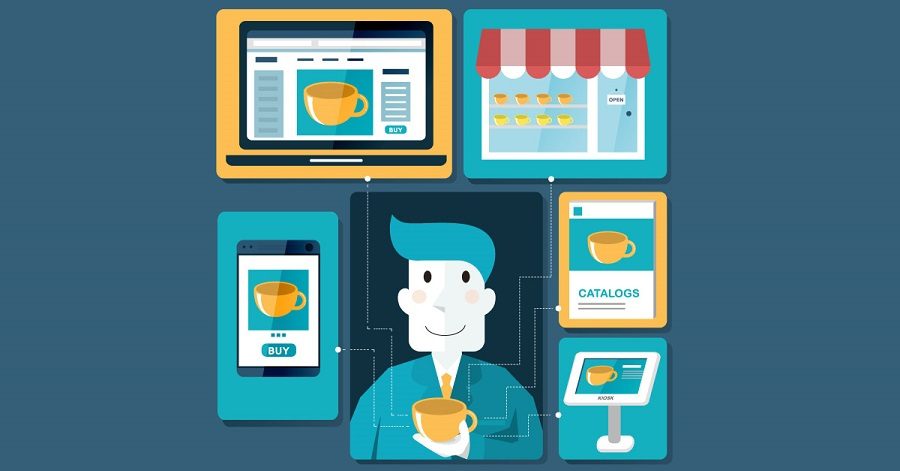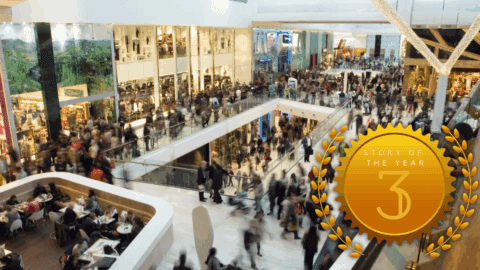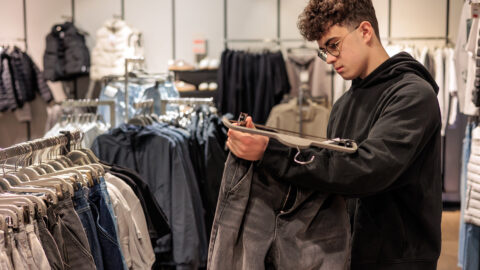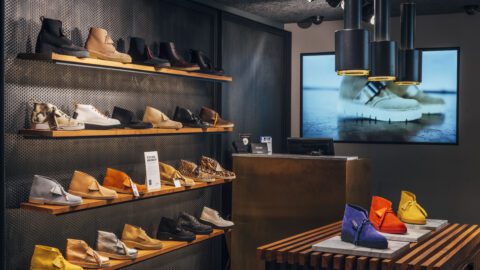With 87% of shoppers having some expectation of a personalized, consistent experience across channels, it’s obvious that retailers can’t afford to skimp on unifying their technology capabilities. What isn’t as obvious for many retailers is which deficiencies to remedy, or how to do so. Case in point: 76% of consumers are likely to choose a retailer offering consistent pricing/promotions across channels, according to a report from BRP. While 86% of retailers say they offer some level of pricing/promotion consistency, half of these retailers also say they need to do even more in this area.
Historically, retailers have built their customer experiences via disparate systems or manual processes. This has created a disconnect between what promotions they can offer via various channels and whether the systems can support them, according to Jeffrey Neville, SVP and Practice Lead at BRP Consulting.
“Imagine my e-Commerce promotion system being supported by one layer of technology and my POS system in the brick-and-mortar side being supported by another layer,” Neville said in an interview with Retail TouchPoints. “Those may or may not support the same types of promotions, they may calculate promotions differently, and that may throw off a promotion in one way or another. Siloed systems still cause a lot of issues.”
Despite the prevalence of siloed systems, retailers can unify their offerings by building out a common promotion calculation engine, which can give a clearer view of a promotion’s true performance.
“Because most of these newer POS and e-Commerce systems are API-based, it’s conceivable to put a common promotion algorithm in the cloud and allow everybody to access it from a system standpoint,” Neville said. “You’re increasing reliance on the reliability of the network, but it certainly gives you one version of the truth.”
Most Retailers Have Consistent Product Assortments, But Order Tracking, Visibility Lag
Consistent product assortment is another cross-channel capability that most retailers (86%) have implemented, but 60% of them still say they need improvement. The percentages of retailers deploying unified cross-channel capabilities drop sharply after product assortment, with:
- 59% implementing inventory visibility across channels;
- 59% implementing order tracking across channels;
- 56% implementing order visibility across channels; and
- Only 26% implementing endless aisle.
Unfortunately, the cost of doing nothing to unify these capabilities is high, measured in missed expectations, disappointed customers and lost sales. Here are the top obstacles to unifying their channels that retailers identified:
- IT/business resource constraints (66%);
- Budgetary constraints (61%);
- Disparate systems (48%);
- Other priorities taking precedence (41%);
- Process challenges (30%); and
- Organizational challenges i.e. siloed systems (23%).
Same-Day Delivery Expectations Increase Among Shoppers As Retailers Play Catch-Up
The costs of a non-unified commerce infrastructure are steepest in the area of delivery, where there’s already a gap between consumers expecting to receive their purchase when and where they want it and retailers’ ability to meet those expectations.
For example, 66% of shoppers would choose a store that offers same-day delivery over a store that doesn’t offer it, but only 32% of retailers offer same-day delivery. Additionally, 44% of the retailers that offer same-day delivery say they still need to improve on the service.
“There are retailers that can say they are there, especially in a densely populated urban environment,” Neville said. “As retailers start to look at newer technologies such as order management systems, it allows them to build rules that drive some of that urban same-day delivery logic. Retailers are also getting better at thinking about their stores as just another part of their supply chain network. In the past, and even today, retailers look at stores and their real estate as one silo in their organization, and then the fulfillment centers and the import/export part of their supply chain as a separate entity. Retailers must think about certain stores as same-day fulfillment centers, as much as they think about driving click-and-collect” to those stores.
These retailers should identify brick-and-mortar locations that may be underperforming on traditional store metrics such as traffic and sales, but could potentially provide move value by operating as a mini distribution center, Neville noted.
It’s likely many stores already are operating as distribution centers to some extent: 64% of retailers say they offer in-store pickup, and 66% have implemented the ability for customers to buy in-store and ship the product to their home. Additionally, 45% of retailers offer buy online/ ship from store, while 48% offer buy in-store/ ship from a distribution center, another store or a vendor.













